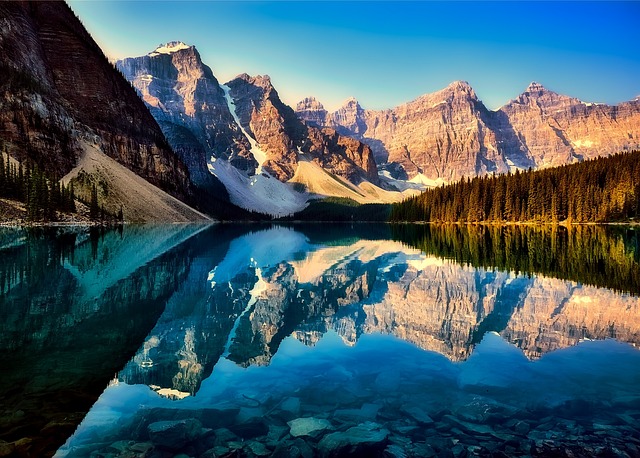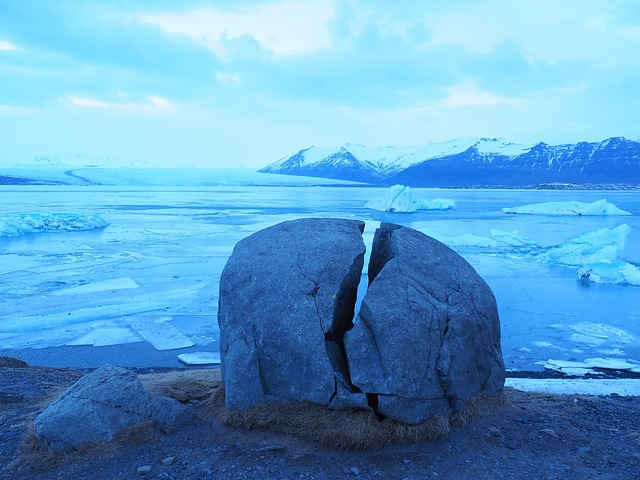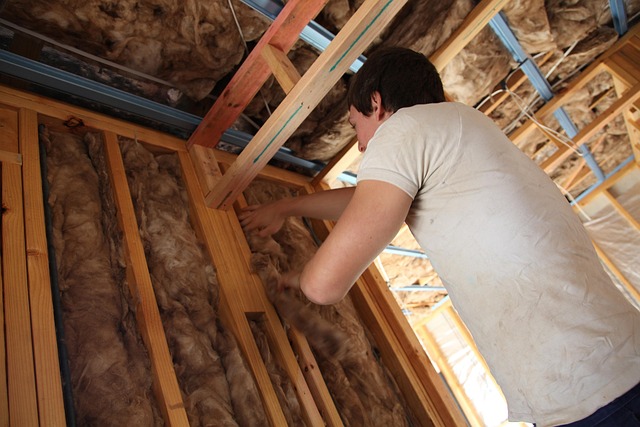Melting Moraine: The Impact of Climate Change on Glacial Environments
As the seasons change and temperatures rise, the once majestic moraine stands as a haunting reminder of nature’s delicate balance. These geological formations, created from the debris left behind by retreating glaciers, showcase the profound impact of our shifting climate. Moraines tell stories of ancient landscapes, yet today, they bear witness to an unsettling transformation fueled by climate change.
The environment around a moraine is often vibrant, highlighting lush vegetation and unique ecosystems that depend on glacial meltwater. However, as glaciers shrink and temperatures soar, this delicate web of life is increasingly threatened. The once reliable meltwater that nourished rivers and lakes is diminishing, leading to habitats that struggle to sustain wildlife. The flora that thrived in glacial shadow now fights for survival amidst a rapidly altering landscape.
Locally, communities that rely on glaciers for their livelihoods are feeling the crunch. From small towns to tourism industries, the changes in their environment demand adaptation. Imagine the skin-tingling thrill of conquering a glacial peak in summer only to find it shrinking before your very eyes—what once drew adventure seekers becomes a race against time to witness the beauty of nature before it’s lost.
Climate change doesn’t merely alter the temperature; it reshapes entire ecosystems. Moraines, often stable presences in the landscape, start to erode as the glaciers that shaped them recede. As sediment washes away, the very foundation of life is at risk, leaving behind a barren earth where vibrant ecosystems once flourished. The effects are not just geological, but cultural, influencing how communities view and interact with their land.
Furthermore, the melting of glaciers contributes to rising sea levels, prompting global consequences. Communities in coastal regions grapple with flooding, while others who depend on glacial water supplies may face drought. The interconnectivity of these systems serves as a wake-up call, reminding us that we are part of a larger ecosystem that we must protect. Moraines, while stunning to behold, become symbols of what is at stake as they fade away.
Moreover, the science behind climate change reveals the need for urgency. Each year, as temperatures soar, the glacial mass decreases, leading to an acceleration in the melting process. Advanced technologies and research highlight the desperate situation, emphasizing that immediate action is essential. Engaging in environmentally-friendly practices and advocating for sustainable policies is crucial in reversing the tide and safeguarding moraines and the environments they support.
The emotional weight of witnessing the decline of such natural wonders weighs heavily on our shared conscience. Each melting moraine carries memories of glaciers that have stood for millennia, now slipping away in the blink of an eye. The stories etched into these formations speak not just of our past, but of our responsibility to ensure they don’t become mere history.
As we reflect on the importance of moraines and the ecosystems they sustain, it becomes evident that our actions today will determine the world we leave for future generations. The call to action is clear: cherish these landscapes, advocate for climate resilience, and foster a connection to nature that transcends generations. In this time of unprecedented change, let us unite in preserving the wonders that have shaped our world and continue to do so, even as they face the threat of melting away.



